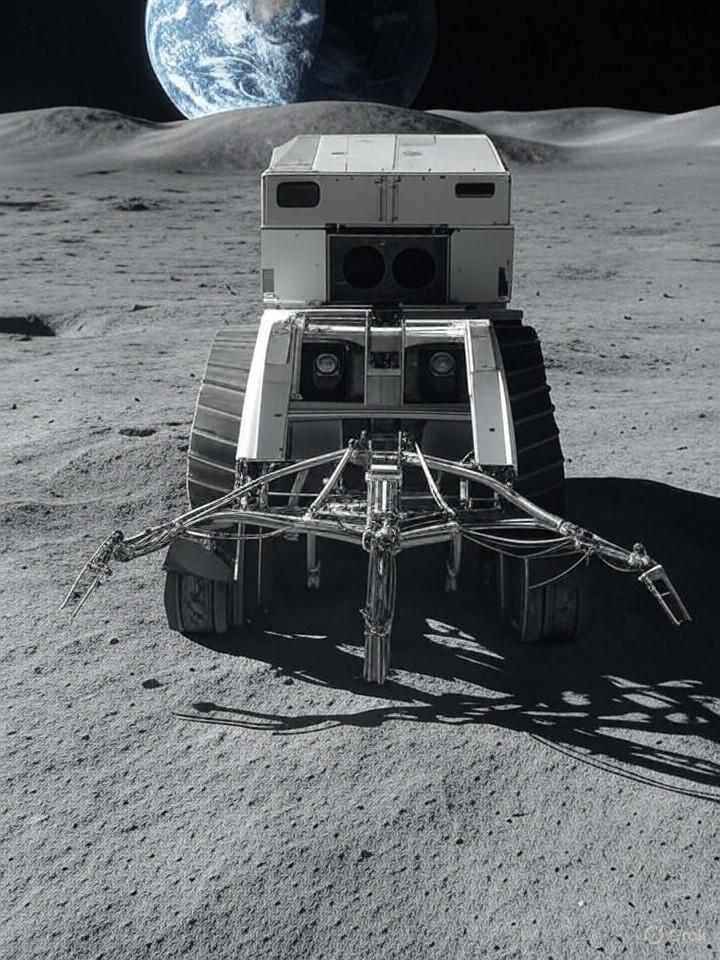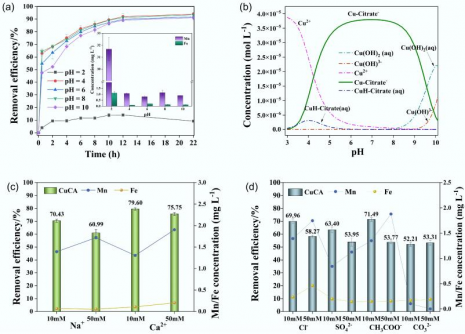A pioneering mining company, Interlune, has announced its plans to extract helium-3 from the lunar surface by March 2028. This rare isotope, which is critical for nuclear fusion energy, could significantly impact various industries, including quantum computing and clean energy. The announcement highlights a growing interest in space mining as both nations and private enterprises compete to access the moon’s substantial resources.
Interlune claims to have identified significant helium-3 deposits on the moon, leveraging advanced surveying techniques to locate these reserves. Helium-3 is not present in large quantities on Earth, but it is abundant in lunar regolith, thanks to billions of years of exposure to solar wind. This isotope is non-radioactive and has been described by experts as a potential source of waste-free energy, with an estimated market value of up to $20 million per kilogram.
Geopolitical Dynamics in Lunar Mining
The timing of Interlune’s announcement coincides with escalating competition between global superpowers, particularly the United States and China, both of which are positioning themselves to dominate lunar resources. According to a report by Space.com, Interlune’s initiatives align with broader goals to secure helium-3 for applications in quantum computing, where it functions as a vital coolant for ultra-low temperature environments. The company has already established agreements to supply up to 10,000 liters of helium-3, indicating early market confidence in its capabilities.
In a significant step forward, the company has unveiled a prototype harvester designed to process 110 tons of lunar soil per hour. This machinery aims to tackle the unique challenges of lunar operations, including extreme temperatures and the lack of atmosphere, while prioritizing minimal environmental disruption. Coverage by The Washington Post highlights the practical aspects of this technological advancement.
Technological Innovations and Future Challenges
The potential applications of helium-3 extend beyond energy generation. It is increasingly recognized for its uses in medical imaging and supercomputing, where its rarity on Earth has pushed prices higher. As noted in a piece by Forbes, Interlune is developing robotic systems for autonomous mining, which are projected to be operational by 2028. This timeline coincides with NASA’s Artemis program and China’s Chang’e missions, which may provide essential infrastructure for transport and processing of the extracted materials.
Despite the optimistic outlook, significant hurdles remain, including the high costs associated with space travel and the uncertain economics of returning materials to Earth. Proponents of lunar mining suggest that using local resources to create habitats or fuel depots could mitigate some of these expenses. An article by Interesting Engineering emphasizes that major global powers are viewing helium-3 as “moon gold,” with Russia also entering the competition, which could reshape the energy landscape.
Financially, Interlune is attracting substantial investment as it raises funds to deploy multispectral cameras for detailed resource mapping, as reported by Autoevolution. A partnership with the quantum cryogenics firm Bluefors marks one of the most significant space resource contracts to date, underscoring the isotope’s potential in enhancing computational capabilities.
Ethically, the race for lunar resources raises questions about equitable access under the Outer Space Treaty. Critics warn of a potential new colonial rush for resources, while supporters, including those cited in publications by the European Space Agency (ESA), argue that the technological advancements could lead to shared benefits, such as safer fusion energy that may help combat climate change.
The prospect of successful helium-3 mining could catalyze a broader space economy, potentially encompassing the extraction of water ice, rare earth elements, and oxygen from lunar soil. Insights from 21st Century Tech Blog suggest that this could facilitate permanent lunar settlements and lessen reliance on Earth-supplied resources.
Looking forward, the scalability of Interlune’s prototypes will be crucial. If successful, the venture could attract billions in investment, transforming space from a scientific frontier into a lucrative domain. Ultimately, this lunar initiative represents a significant shift, positioning the moon’s surface as a new frontier for innovation and commerce, bringing the dream of harnessing cosmic resources closer to reality and potentially impacting Earth’s technological future.







